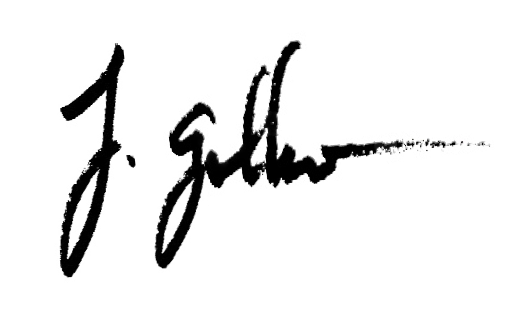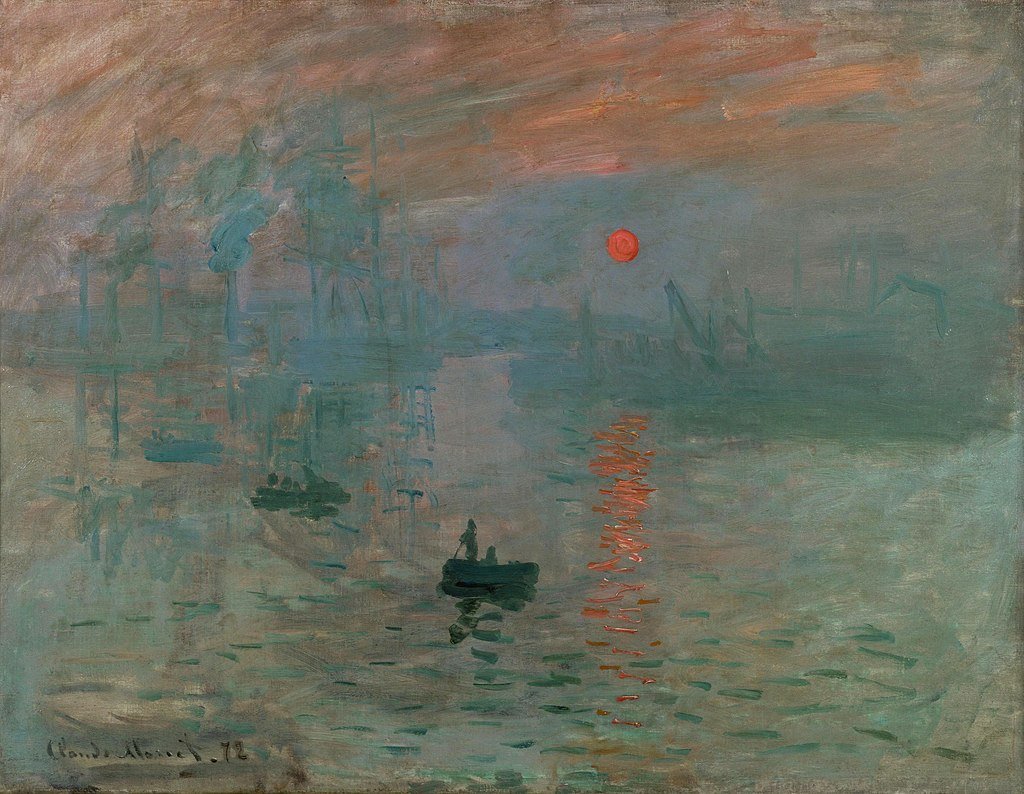INTRODUCTION - Exhibitions of Magic and Science
For artists, there are two identifiable personality sets:
the “magician” and the “scientist.”
Among them are specialists, generalists, technicians, naturals, prodigies, and burn-outs. An artist may transition between these various descriptions, or remain the same type of creator their entire careers.
In the post-pandemics of the 2020s, I’ve been channeling my science-oriented approach into a series of live presentations and have been exhibiting them at a public library. Subjects range from physics, to philosophy, sound healing, astronomy, and artificial intelligence. A pretty wide swatch of material, but all with a common link: vibrational waves – communication at the most primal level.
But it took the better of a decade to reach the point where my artistic and intellectual pursuits aligned and led to the illuminating era of the past five years. To better understand my scientific background, we begin at a time when the line between magic and science was much blurrier.
“The Celestial Harp” - a medieval manuscript observing the motion of planets and stars, linking their movements to musical sounds - inspired by the ancient Greek philosopher, Pythagoras, and his “Music of the Spheres.”
Observing my own methods and development over the years, I’ve always pointed towards the natural-generalist who moonlights as a technician from time-to-time. As a musician, I picked up the art of reading notation and tone control on saxophone rather quickly in my earliest years as a music student. This would be the “natural” aspect. I put in a lot of work and dedication to getting the craft up and running, but certain techniques seemed to just blossom more organically than others. When natural ability is partnered with a diligent workflow, that’s when technical ability begins to click.
Throughout high school, I entered the generalist stage when learning clarinets, guitars, piano, voice, and music theory – in particular, the interpretation of harmony for improvisation. Due to the durations and specificity of notes, chords, harmonic progressions, songwriting and notation, I always found music to be a kind of scientific measurement that can so accurately explain its own magic..
Attending Berklee College of Music, the educational system was built around art as a science. Grading art in a way that could be translated into credits and a GPA that contributed to an institutional graduation. Though I have a dismal track record as a student and often clashed with the systemics of educational art, I always respected the artform as a tangible, historical, and scientific entity.
“Impression, Sunrise” by Monet (1872) - famous for its debut at the 1874 Exhibition of the Impressionists in Paris. “Impression, soleil levant” - as it’s known in French - inspired the name of the Impressionist movement in art.
Cue: Arthur C. Clarke – “Magic is just science that we don’t understand yet.”
There are artists who intentionally keep themselves in the dark – conducting their works through ignorance as a means of authenticity for being completely inspired by the “Muse” – and there are artists who seek perfection or interpretation of their works through mastery of the craft.
Both share similar sacrifices at an intellectual and physical level. Both are seeking a similar venue for artistic expression. Both have figured out how to vibrate the air around us and communicate an emotional impression that could soulfully impact our lives upon hearing it.
During my post-college years as a musician traveling the world performing on cruise ships, I got the opportunity to experience humanity as an international society. Touring to all seven continents, working with people from hundreds of cities across the globe, and all the sights, sounds, smells, tastes, and tactile natures that come with a nomadic life. Upon returning to the United States in 2013, I began daily reading hours, diving into books that explained the natural and philosophical sciences I’d witnessed over the past decades as a student and traveler.
Returning to sea in 2014, I joined a one-of-a-kind production show that featured a truly unique and massive musical instrument called the “Earth Harp.” With strings as long as 70 feet that suspended above the audience, I was tasked not only with performing on the harp, but also building it. Through the installation and tuning of the Earth Harp, I gained knowledge in the physics of the instrument such as string tension, tuning, and resonance. Pair that with the eye-opening storytelling of an unraveling Marvel cinematic multi-universe of the time, and my interest in the relationship between art as a magic versus science continued to strengthen.
Once upon a time, I performed on an instrument called the Earth Harp. With 70-foot strings suspended over the audience, musical tones are literally pulled out of the air by vibrating each string.
My time living at sea ended in 2016 and I committed to “land life” – spending a year in Los Angeles before settling in Chicago. I continued reading into the topics of physics, astronomy, and a touch of chemistry, along with more earthly themes including philosophy, psychology, anthropology, civilizations, and political history.
And then there was the societal stopper of the Covid pandemic. All live musical performances were now postponed, and I was between supplemental employment. As fate would have it, my extensive reading habit led to my current work as a music technology specialist at a public library in the suburbs of Chicago.
Over the past 5 years, part of my work has included developing and giving workshops, clinics, and lectures for patrons of the library, with many of my presentations being based on the research of the prior decade – bringing all my puzzle pieces together into a one to two-hour live exhibition on art, science, philosophy, and their various effects on humanity.
With that, I’m beginning to transcribe some of my latest “R&D” projects into condensed excerpts, touching on some of the most fascinating aspects of each subject.
Titles include, “Musical Physics: The Phenomenon of Resonance”, “The Nature of Harmony”, “Sound Healing: The Way of Vibration”, “Astronomy in Art”, and “Interview with an A.I.”
In the following posts, I’ll share a few facts from each presentation and discuss their impact on human psychology and society.
Though I’m not going to rule out the possibility of magic entirely, we will be approaching the mysterious topic through the lens of an artistic microscope – to understand its nature, its balance between order and chaos, and its power to influence humanity.
Until next time, Hark On!



